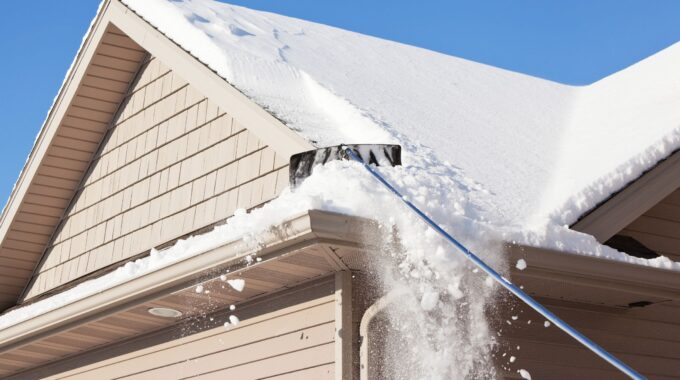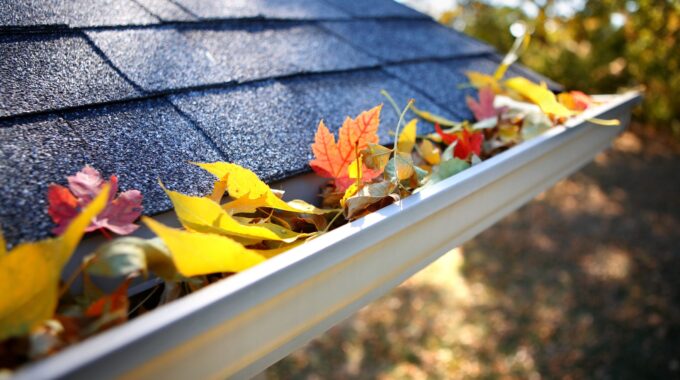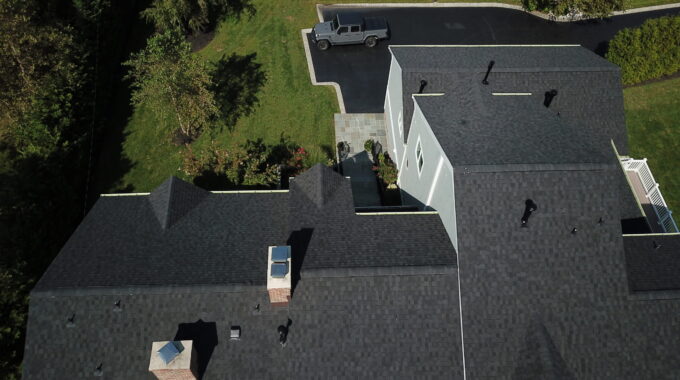
How to Fix a Leaky Roof: A Step-by-Step Guide
Have you noticed that your roof is leaking? If so, you may be panicking. No one wants water damage in their home. However, you may be able to handle some simple roof leaks yourself. If you choose not to do them, they are more affordable than you think. So, we have put together a guide to help you on how to fix a leaky roof and tackle basic roof repairs.
First things first, you have to find the leak. You might assume that a leak is directly above where you see water leaking into your home. However, because of the slopes in your home, the leak can be in a different location. To find out where the leak is, you need to get up on the roof or at least send a drone up to examine the roof’s surface. You want to look for visible weak spots or holes. Make sure you check along seams like roof valleys, flashing, and along your gutters. Check the area above where you see the damage inside. Just make your search circle larger than you think.
Once you spot the leak, you need to determine what type of roof you have. This will help you determine which method to take in repairing the leak.
The most common type of roof is asphalt shingles. They are also known as architectural shingles. You can use silicone caulk to seal holes in these shingles for a quick fix. That is only a short-term fix. Remove a row of shingles with a pry bar, nail in new shingles, and secure them with caulk to provide a long-term fix. Before you replace shingles, look at the roof decking and underlayment. If they are already damaged by water, you will have to replace them. When replacing shingles, you need to line them up with existing singles, tucking them under the existing top row of shingles to create a watertight seal.
Metal roofs are more challenging to repair. You cannot just replace faulty shingles. Instead, you need to locate the damaged area. Once you find it, clean it thoroughly. Scuff the site, then apply a patch from a replacement panel using the sealant. Spread the adhesive smoothly and evenly. It should be thick enough to ooze out when you apply the patch. Then use self-tapping screws to patch the panel. The screws should be short enough that they do not penetrate the roof decking. Then use a putty knife to spread the sealant around the edge of the patch.
Membrane roofs, also known as rubber roofs, are more common on commercial buildings than residential ones. Also known as TPO roofs, they can be patched when they leak. You need some of the same roofing material and a tool to heat it, such as a hot air welder. Then you apply a patch very similar to a vinyl patch on a pool toy.
Not sure you want to tackle your roofing repairs? Have no fear, the Roofing By Carl’s Team is here! In addition to applying new roofs, we handle roofing repairs and know how best to fix a leaky roof. So, contact us today for an estimate or to schedule a repair.





